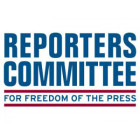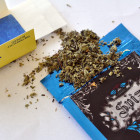
The Quiet Power and Effectiveness of Restorative Justice
|
What does restorative justice look like? We hear and read a lot about it, and its popularity is on the rise, but when I ask people to tell me what it means to them I often get vague answers. The truth is that restorative justice is taking forms undreamed of by those that started the movement decades ago. Their basic principles are intact: responsibility, care for all stakeholders, putting those harmed in the center of the process, repair instead of retribution, etc. The manifestations continue to multiply though.










